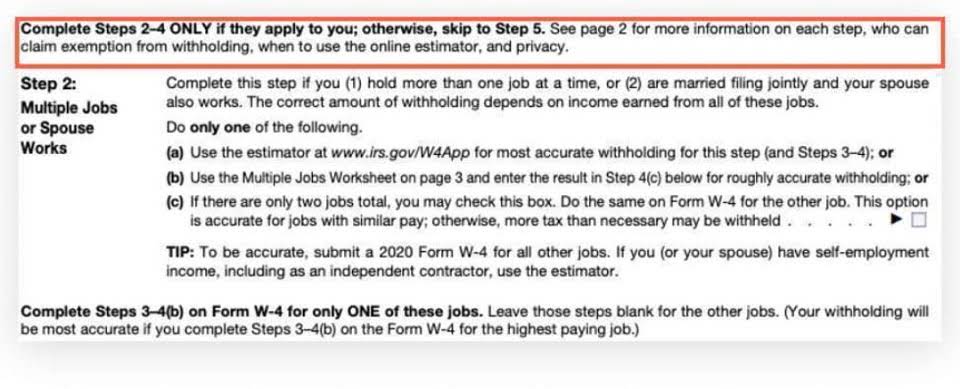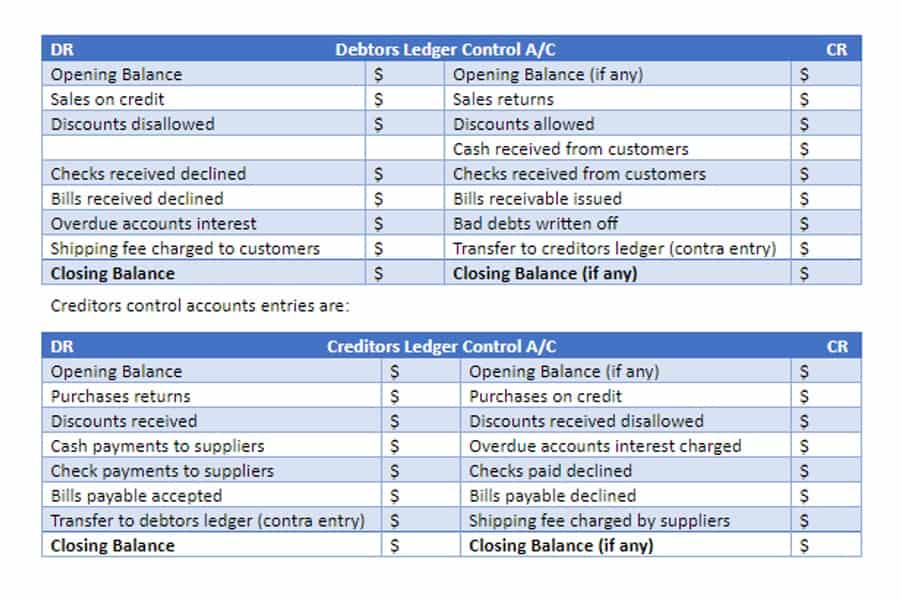
Revenues and expenses are often reported on the balance sheet as “net income.” The income statement is prepared keeping into consideration two primary accounting principles. The underlying concept in accrual accounting emphasizes that the revenues of a business are recognized when they are earned. Accrual accounting is an accounting method that measures the performance and position of a business by recognizing economic events.
The remainder is the shareholders’ equity, which would be returned to them. In other words, the total amount of all assets will always equal the sum of liabilities and shareholders’ equity. The double-entry practice ensures that the accounting equation always remains balanced, meaning that the left side value of the equation will always match the right side value.
Accounting Equation (Explanation)
Further, it provides information relating to return on investment, risk, financial flexibility, and operating capabilities. Thus, this system of accounting is based on the Dual Aspect Concept. As per this concept, each business transaction has a dual or a two way effect. This is to say every amount debited in a transaction must be equal to every amount credited in that transaction. According to this concept, transactions that can be expressed in terms of money only are recorded in the books of accounts. A cost of sales item is purchased on credit – The accounts payable (liability) will increase, and the retained earnings will reduce.
- Thus, the accounting equation is an essential step in determining company profitability.
- Current assets are assets that a company can turn into cash within one year.
- Therefore, generally accepted rules and principles have been developed to bring about uniformity and consistency to the accounting concepts.
- Let us understand the accounting equation with the help of an example.
- We will now consider an example with various transactions within a business to see how each has a dual aspect and to demonstrate the cumulative effect on the accounting equation.
- The ingredients of this equation – Assets, Liabilities, and Owner’s equities are the three major sections of the Balance sheet.
Further reading is available on the balance sheet and double entry bookkeeping pages. Accounting ratios are used to measure of a company’s performance and finacial health. There are many different accounting ratios, but some of the most commonly used ones are the debt to equity ratio, the current ratio, and the return on equity. The accounting equation connotes two equations that are basic and core to accrual accounting and double-entry accounting system. Let’s take a look at the formation of a company to illustrate how the accounting equation works in a business situation.
What is the Basic Accounting Equation and what does it mean for a company’s financial health
Said a different way, liabilities are creditors’ claims on company assets because this is the amount of assets creditors would own if the company liquidated. Now that we have a basic understanding of the equation, let’s take a look at each accounting equation component starting with the assets. Before getting into how the accounting equation helps balance double-entry bookkeeping, let’s explain each element of the equation in detail. We will now consider an example with various transactions within a business to see how each has a dual aspect and to demonstrate the cumulative effect on the accounting equation.

As you can see, assets equal the sum of liabilities and owner’s equity. This makes sense when you think about it because liabilities and equity are essentially just sources of funding for companies to purchase assets. In our examples below, we show how a given transaction affects the accounting equation. We also show how the same transaction affects specific accounts by providing the journal entry that is used to record the transaction in the company’s general ledger. The inventory (asset) of the business will increase by the $2,500 cost of the inventory and a trade payable (liability) will be recorded to represent the amount now owed to the supplier.
Extended Version of The Accounting Equation
The Basic Accounting Equation is also known as the balance sheet equation. As you can see, all of these transactions always balance out the accounting equation. This equation holds true for all business activities and transactions. If assets increase, either liabilities or owner’s equity must increase to balance out the equation. An error in transaction analysis could result in incorrect financial statements.
- Thus, financial accounting involves the reporting of accurate, reliable and timely information of the entity’s operating profit and financial position to its various stakeholders.
- The three components of the accounting equation are assets, liabilities, and equity.
- The fundamental components of the accounting equation include the calculation of both company holdings and company debts; thus, it allows owners to gauge the total value of a firm’s assets.
- As we previously mentioned, the accounting equation is the same for all businesses.
- This means expenses incurred during a particular period should be deducted from revenue earned during the same period.
- To know the financial performance and position of the business, a business owner is required to prepare financial statements at the end of a specific period.
The difference between the $400 income and $250 cost of sales represents a profit of $150. The inventory (asset) will decrease by $250 and a cost of sale (expense) will be recorded. The accounting equation is also called the basic accounting equation or the balance sheet equation. As per this which of the following is the basic accounting equation concept, all assets are required to be recorded at their historical cost. This means that assets need to be recorded at their purchase price in books of accounts. Such a price includes the cost of (i) acquisition, (ii) transportation, (iii) installation and (iv) making the asset ready to use.
